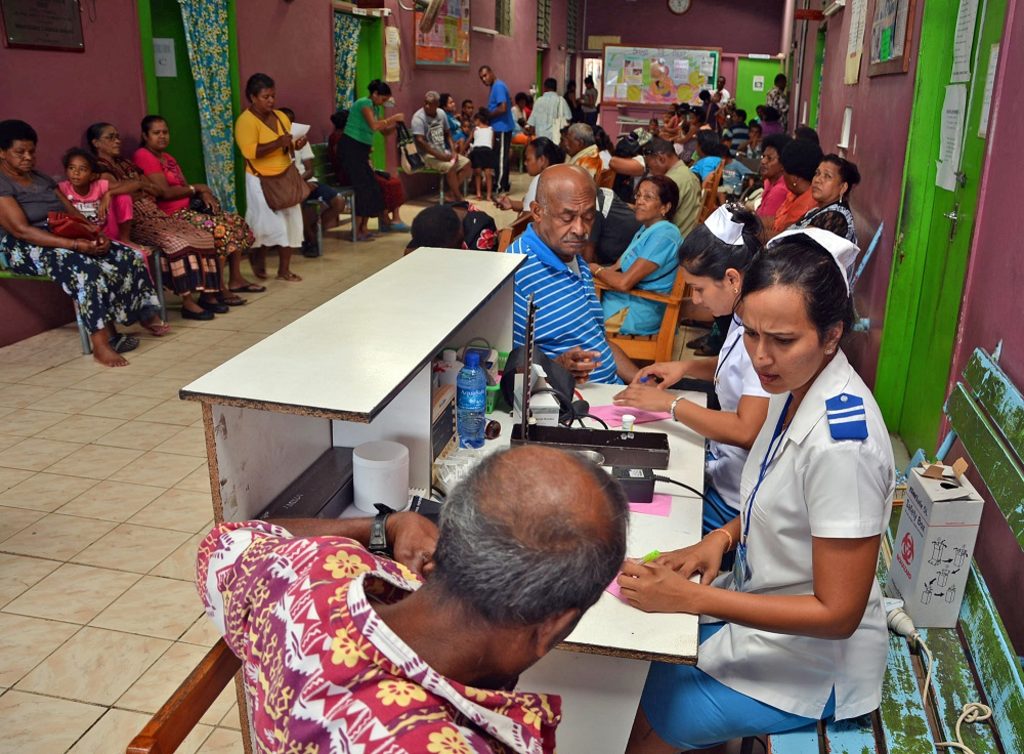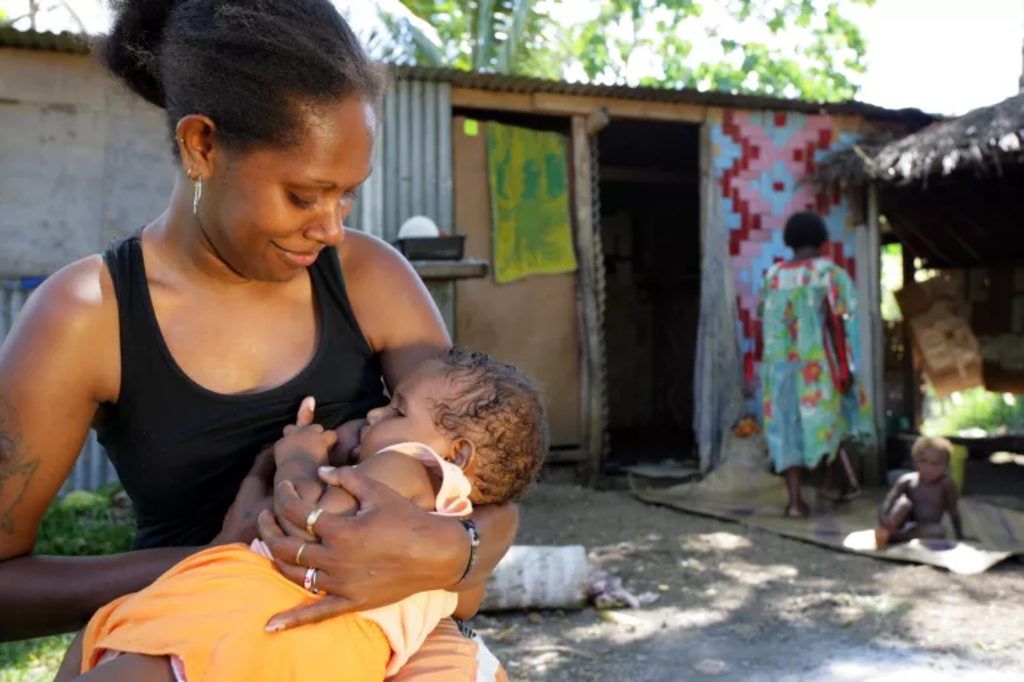As nations across the world react to falling birth rates and ageing populations with growing anxiety, a recent report by the United Nations Population Fund (UNFPA) urges a radical shift in how we understand and respond to population change.
Rather than succumbing to demographic panic over shrinking populations, the report calls attention to a far more urgent, yet overlooked crisis: the global failure to support reproductive agency.
Titled “The Real Fertility Crisis – The Pursuit of Reproductive Agency in a Changing World”, the 2025 report highlights that the most profound population-related issue today is not too many or too few births, but whether individuals, especially women and girls, are truly free to make their own choices about having children.
From a Pacific perspective, this message hits home. Many island nations in our region continue to experience relatively high fertility rates, yet others – including Fiji, Samoa, and Tonga – are already observing declining birth rates and a steady rise in ageing populations.
But demographic diversity within the Pacific does not mean the region is immune from the wider implications of the global fertility debate. In fact, it underscores the urgency of listening to what individuals need, not what governments fear.
A demographic shift
The world is now at a demographic crossroads.
Global fertility rates have declined significantly, with population growth slowing across many regions.
According to UN projections, the global population is expected to peak before the end of the century – and then begin to shrink.
One in four people today lives in a country where the population has already peaked.
This trend is set to reshape societies in unprecedented ways, smaller youth populations, ageing workforces, and communities with larger shares of older persons.
These demographic shifts follow a historical surge in births during the 20th century, when annual live births reached over 120 million during the so-called “fertility boom” of the 1970s.
In the Pacific, countries like the Solomon Islands, Papua New Guinea, and Kiribati continue to face population growth challenges.
But others are confronting stagnation or slow decline. Regardless of the fertility trajectory, the real issue remains consistent and that is whether people have the freedom and support to realise their reproductive goals.
The real crisis
Comprehensive research conducted by UNFPA and polling firm YouGov reveals a stark reality, which is that people across all regions of the world, including the Pacific, are struggling to achieve their desired family size.
Some end up having more children than they want, often due to lack of access to contraception or social pressures. Others, particularly in economically vulnerable settings, have fewer children than they desire, often due to job insecurity, housing difficulties, or gender inequality.
This mismatch between reproductive desires and realities is what UNFPA calls the “real fertility crisis.”
It is not, the report stresses, that individuals are choosing incorrectly – but that political, legal and economic systems are failing to create environments that support reproductive autonomy.
In the Pacific context, this is a deeply familiar struggle. Access to sexual and reproductive health services remains uneven across the region.
Adolescents, women in rural or maritime areas, and persons with disabilities often lack the information or means to make informed decisions about their reproductive lives. Meanwhile, cultural taboos and restrictive policies further entrench barriers to autonomy.
A new approach
The report cautions against repeating the policy mistakes of the past. Historical responses to population growth often included coercive measures, from forced sterilisation to punitive family size limits which ultimately resulted in serious human rights violations.
Today, some governments facing declining fertility are offering financial incentives to encourage childbearing, while others are restricting access to contraception in hopes of boosting population growth.
UNFPA finds that such strategies are often ineffective and may even backfire. Instead, it advocates for a universal approach centred on reproductive rights.
“Rather than trying to engineer fertility rates,” the report says, “countries should invest in enabling all individuals to make informed, empowered decisions about their reproductive lives – whether that means having many children, few, or none at all.”
This includes ensuring comprehensive sexuality education, improving access to modern contraception, addressing gender-based violence, and promoting economic policies that make it feasible for people to start and support families if they choose to.
For Pacific nations, this means investing in community-based reproductive health services, tailoring policies to the needs of rural and marginalised groups, and breaking down harmful taboos surrounding family planning.
Why this matters for the Pacific
A failure to address the crisis of reproductive agency could have wide-ranging social and economic consequences for Pacific societies. High rates of unintended pregnancy among adolescents, for instance, are linked to poorer education outcomes and reduced labour force participation. Conversely, ensuring reproductive choice can empower women, strengthen families, and improve national resilience.
With many Pacific countries dependent on young, mobile populations for economic and social vitality, building societies that respect and uphold reproductive rights is critical. UNFPA makes clear this is not merely a matter of personal health, but a foundation for sustainable development.
Rather than fearing demographic change, the Pacific must embrace a future where reproductive choice is protected and celebrated. The solution lies not in dictating population outcomes, but in empowering people.
In a region already grappling with the impacts of climate change, economic migration, and shifting family structures, the Pacific cannot afford to ignore the deeper, quieter crisis unfolding across communities.
A nurse attends to a patient at the Makoi Health Centre.
Picture: JONACANI LALAKOBAU

Mariana Vani interacting with her sign language interpreter at Somosomo Village Hall in Tavueni Island. The UNFPA stressed that reproductive health awareness needs to be available to all segments of society. Picture: UNFPA



